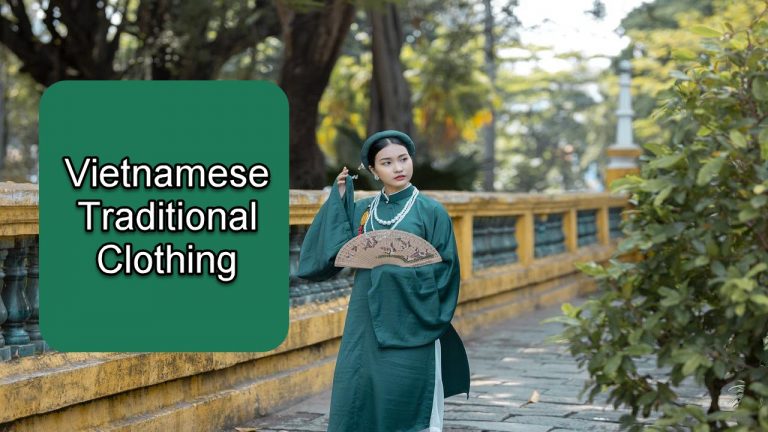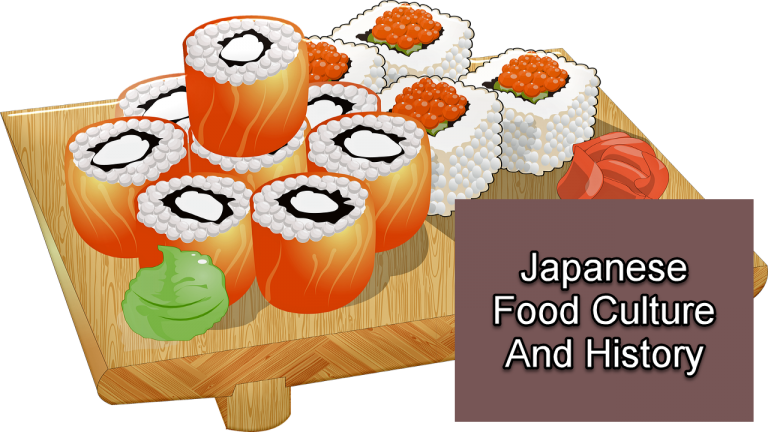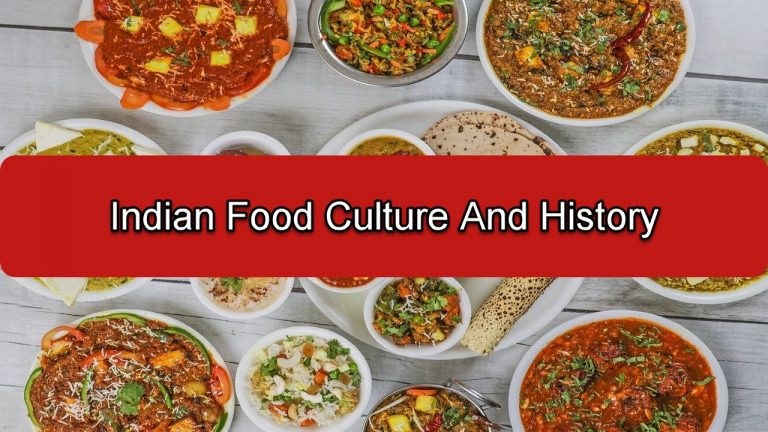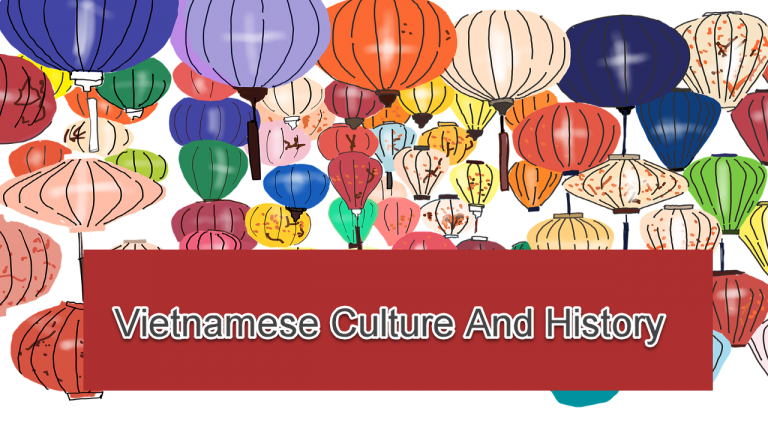6 Traditional Indonesian Music
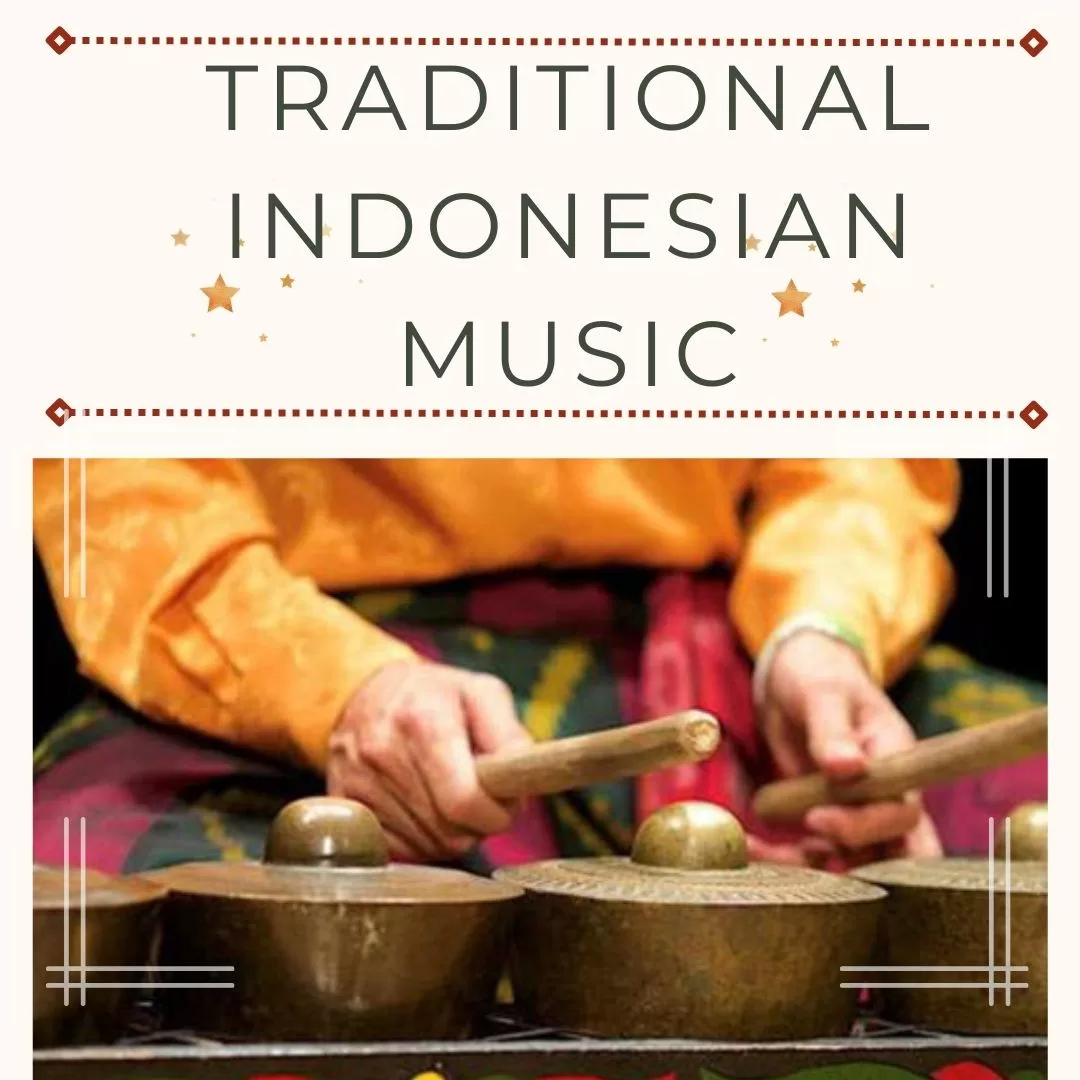
Music is different in every culture but each culture shares one same thing about music and that is to unite, connect and reconnect with people and the community. As we may all experienced, when people gather, music will always be there. People dance to the music, sings to the music and just enjoy listening to the music. Indonesian culture have its own cultural traditions, one important tradition in Indonesia is Music. Traditional Music in Indonesia is greatly influenced by the Malay and European Classical music. In here, we will be talking about the different traditional music in Indonesia.
Traditional Indonesian Music
Traditional musics of Indonesia greatly exhibits a local musical creativity, a cultural diversity and subsequent foreign musical influences.

Gamelan Ageng
Gamelan music is the most popular music in Indonesia. The word Gamelan comes from the Javanese that generally means hammer or mallet that is why most of the instruments used in a Gamelan Orchestra involves striking using padded sticks, hammers and or wooden mallets.
It is a ancient musical form of music that is usually performed in about 50 to 80 instruments in an orchestral music. Gamelan music is different from every island such as Javanese, Sundanese and Balinese.
The instruments used in Gamelan music includes percussion instruments such as the gongs, gong chimes, drums, flutes, metallophones, and even string instruments.

Tembang Sunda
Tembang Sunda or also known as Seni Mamaos Cianjuran is a form of sung poetry. It is the most popular Indonesian music in Western Javanese.
The Tembang Sunda music is generally composed of two parts: vocal and instrumental music. The first part which is the Vocal, it is usually performed by a solo vocalist. And is then accompanied by instruments such as Kacapi Indung, Kacapi Rincik and Bamboo Flute.
Before Tembang Sunda music is usually performed at private settings and occasions but now it is being performed in public events and settings as well.
Dangdut
Dangdut is a popular Indonesian music. It is influenced by Arabic and Hindu music. Way back mid 1970s, Dangdut music had become the most dominant pop Genre.
Dangdut is popularly known for its pounding and palpitating beat. A Traditional Dangdut music is usually performed by female singers. It is accompanied by featuring suggestive dance movements and with the use of indecent and rude lyrics therefore there was an objection of its use especially from older generations that are more conservative.
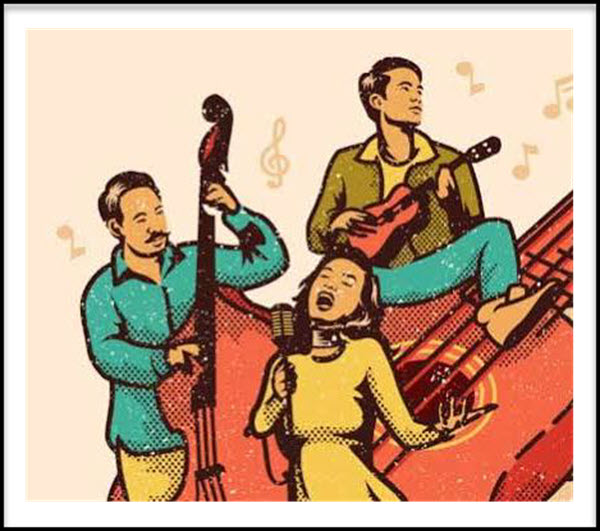
Keroncong
Keroncong music or also known as Kroncong is an Indonesian music that is believed to be inspired by Portuguese music because when Portuguese arrived in Indonesia, European instruments were brought along with them.
By 1900s, Keroncong became a low-class urban music but in 1930s, it was incorporated in the rising Indonesian film industry and it then became popular. It even became even more popular in 1940s during Indonesia’s fight for Independence.
Bengawan solo is the most famous Keroncong style of music. It was originally written way back in 1940s by a musician named Gesang Martohartono during Word War II. The song is about the Bengawan Solo River, which is the longest river in Java. It first became popular amongst the Javanese people was then recognized and but when the song was broadcast in the local radio stations, it became more popular and was recognized in the national level as well. After the war, the song became one of the best-sellers among the Japanese soldiers.
Kerongcong Music originates in the Village of Jakarta called Tugu. It can basically relate Indonesian traditional music and the instrument similar to that of a Ukelele. The music is often accompanied by a Krongcong, a violin, cello, flute and guitar.
In the early 19th century, Keroncong became a popular music for ballroom dancing such as the Keroncong Tango, Kerongcong ChaCha and Keroncong Foxtrot.
At present, the music is now known to be the oldest Indonesian folk music of all time, though it is literally ignored by the new generations (the youth) of Indonesia.
Qasidah
An Islamic form of poetry and ode is called Qasidah. It is actually a popular form of Music in Indonesia simply because Indonesia comprises majority of the Muslim population.
Qasidah music is usually performed by a solo vocalists and groups of female. Traditional music of Qasidah is performed in Javanese villages, while the contemporary forms on the other hand is performed by targeting on the moral values.
The Qasidah music is an Arab word that signifies religious poetry. It is usually accompanied by percussion instruments and chanting. To attract pop audiences, Qasidah modern was adapted too from Islam pop.
Campursari
In 1980, the Campursari music of Indonesia was produced by Manthous. It is a musical fusion style of Traditional Javanese music that is a combination of other traditional music such as Dangdut, Gamelan and Keroncong.
The word Campursari comes from the Javenese word which means “mixture of essenses” hence it combines with other Indonesian music.
Campursari music is usually seen in Javenese people such as in Central Java, East Java and Yogyakarta. The lyrics used in Campursari music are typicall in Javanese, though the instruments used when performing this music is similar to the Gamelan music.
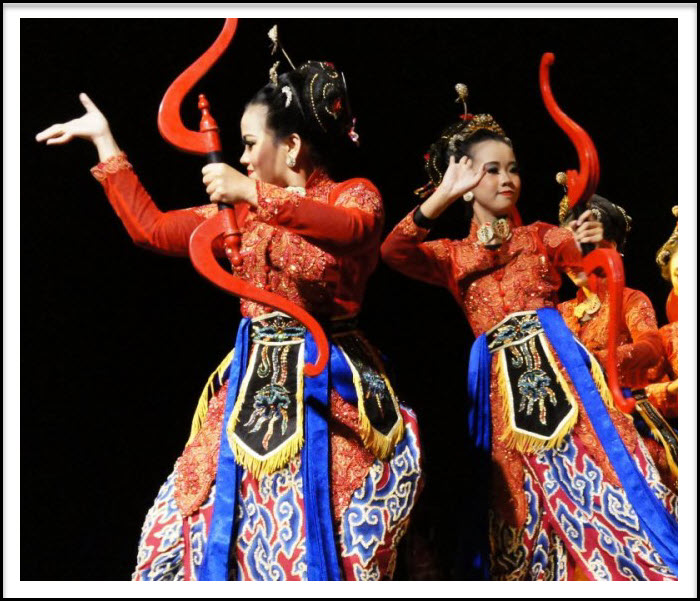
Jaipongan
Jaipongan is a complex rhythmic dance music originating from the Sundanese individuals located in West of Java. With this type of music, it would be difficult to dance since its rhythm drastically changes in a random manner.
What is the Contemporary Music of Indonesia
The contemporary music in Indonesia is influenced by the American, Japanese, British and even Korean pop music. It plays an important role in Indonesian creative pop culture.
In the late 20th century in Indonesia, the genres rock hip hop metal and soul punk became the popular genre in the country. While rocks bands usually incorporates the Dangdut style of music for a traditional musical ensemble performances.
Hip hop and rap on the other hand gained is popularity in the early 90. Some of the popular hip hop groups are Neo Saykoji, Ecko show and Boyz got no brain. The Father of Rap named Benjamin S, combined rap with the Gambong Kromong genre.
Traditional Indonesian Musical Instruments
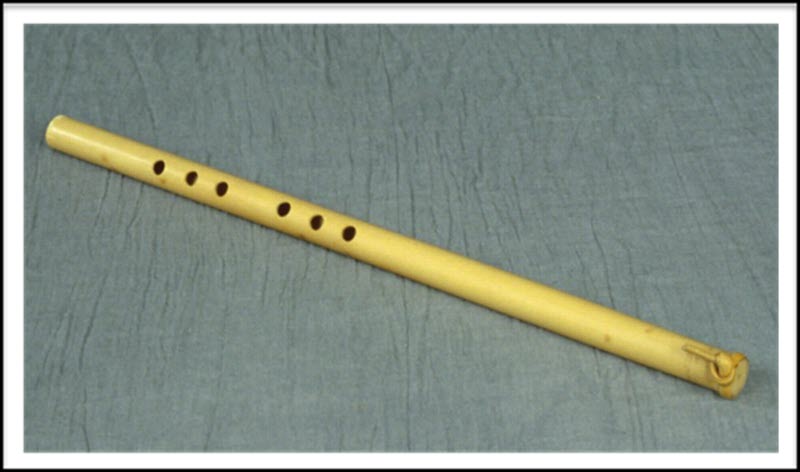
Suling
Suling is a musical instrument also known as Seruling. It is a bamboo ring flute that originated from Southeast-Asia. It is used in different traditional musical performances such as the gambus, Gamelan and Dangdut.
The musical instrument is made of tamiang, a long thin walled bamboo, and a rattan band that encapsulates the mouthpiece of the instrument.
There are several regions located in Indonesia that uses flute as a part of their musical instrument and each region have different names of their flute.
- Suling- Java, Sunda and Bali
- Saluang- Minang
- Lembang Flute – Toraja
- Bangsil – Halmahera
- Silu – West nusa Tenggara
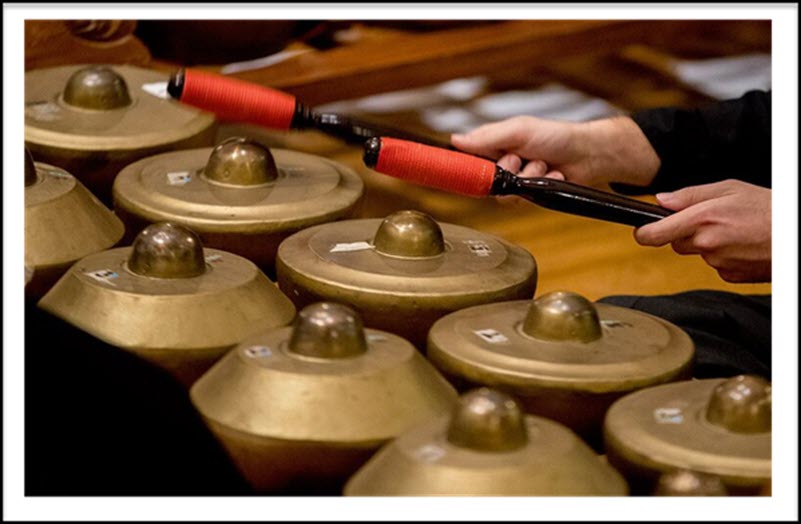
Gamelan
Gamelan is a set of musical instruments that generally includes Gambang, Gong, Kenong, and Celempong. Other percussing instruments are also used included in the set too. The Gamelan instrument typically produce soft tunes that could create a calm atmosphere.
Since the word Gamelan means beating or hitting, the instrument is used by hitting it to make a sound.

Angklung
Angklung is a traditional musical instruments that is made of Bamboo tubes. In order to make a tune out of the bamboo tubes you will simply shake the instrument that way each tubes will come in contact with each other thus a tune or a sound will be produced.
There are different types of Angklung and that includes Angklung Kanekes, Angklung Gubrag, Angklung dogdog lojor, and angklung padeang.
The word Angklung is taken from the word Angka which means tone and the word lung means broken, thereby Angklung is an instrument with a broken tone.

Sasando
Sasando is a musical instrument that is made of bamboo and palm leaves. Early on, the strings on the Sasando instrument was made of palm leaf sticks but it was replaced by steel rings back when the Portuguese came to Indonesia.
To use this instrument, you will need to use both hands and each of the hands should be on opposite direction. Your right hand is used to play the chords, while your left hand is used to choose the bass and the melody of the song. It is not a simple instrument to play with, and it takes a lot of practice before you can master the art of playing using the Sasando instrument.
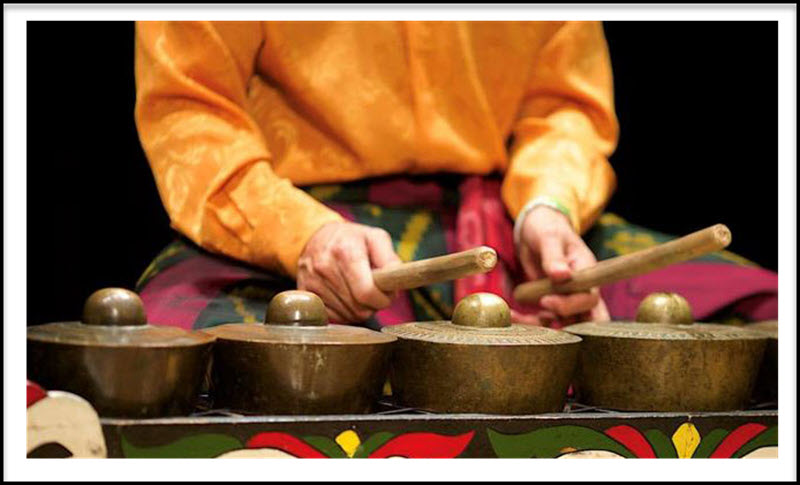
Kulintang
Kulintang or Kolintang is another musical instrument in Indonesia. It is a musical that is designed with rows of small gongs that are horizontally aligned. It is made of from local Indonesia wood such as Cempaka wood, Waru wood and Wenuang wood.
The instrument is played by simply using a wooden stick that is wrapped with cloth and striking it against the rows of small gongs to create a tone.
FAQs
Colotomy is how rhythmic pattern in Indonesia is described in Gamelan Music of Indonesia. The use of instruments such as the gongs typically marks the beginning and the end of each rhythmic cycle at different speed intervals. For the bass instruments, it is usually slow and for treble instruments it is usually fast.
The melody of Indonesian music is made by alternating sounds from the musical instruments used.
Conclusion
As previously mentioned, Music is different in every culture but each culture shares a commonality of how important music is and that is music is used to celebrate cultural traditions, reconnect you with the people you love and music could somehow help a person finds its own identity. One way or the other, Music plays an important role in everybody’s lives.

